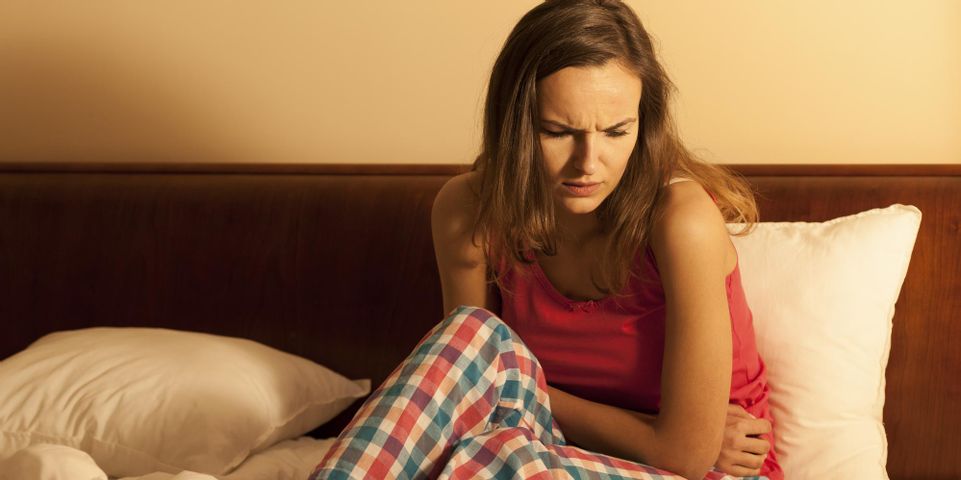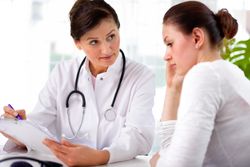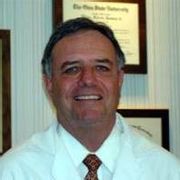The Signs of Polycystic Ovarian Syndrome & Endometriosis

Both polycystic ovarian syndrome (PCOS) and endometriosis both affect the female reproductive system and can make it hard to get pregnant. As such, they’re often lumped together and may even be referred to interchangeably. However, PCOS and endometriosis are unique conditions with distinct symptoms and treatments. Here, you'll find a brief guide on both so you can differentiate between the two.
What Is PCOS?
Polycystic ovarian syndrome is characterized by a hormone imbalance. Women with the condition have elevated levels of certain male hormones. As such, symptoms include irregular periods, excess facial and body hair, acne, and male-pattern baldness. The syndrome can also affect ovulation and, subsequently, fertility because it causes enlarged ovaries that contain multiple follicles surrounding the eggs.
There is no treatment for PCOS, but with medical intervention and various lifestyle changes, women can manage the worst of its systems. For example, some medications can facilitate ovulation, while others can reduce hair growth and acne. Maintaining a healthy weight and eating a balanced diet can also relieve symptoms while combating infertility.
What Is Endometriosis?
 Endometriosis is a chronic condition characterized by displaced endometrial tissue. In other words, the tissue that’s supposed to line the inside of the uterus starts growing elsewhere. The primary symptom of endometriosis is pain. Women with the condition might experience painful periods, pain during intercourse, and pain when using the restroom.
Endometriosis is a chronic condition characterized by displaced endometrial tissue. In other words, the tissue that’s supposed to line the inside of the uterus starts growing elsewhere. The primary symptom of endometriosis is pain. Women with the condition might experience painful periods, pain during intercourse, and pain when using the restroom.
The most effective treatments are medication and surgery. Pain medication can relieve uncomfortable symptoms, while hormone therapy can slow endometrial tissue growth. Surgery, on the other hand, can remove the excess tissue and may be necessary before conceiving.
Can You Have Both?
Although PCOS and endometriosis have different causes, it’s certainly possible for them to co-occur. Typically, women with both conditions experience irregular periods that — on the rare occasion when they do arise — are incredibly painful and heavy. Additionally, any other symptoms they experience, such as acne and excess hair growth, will inevitably be accompanied by pelvic pain. Thankfully, there is some overlap between treatments, so managing both conditions can be reasonably simple.
If you’re concerned about your reproductive health, turn to Dr. William M. Jamieson M.D. of Cincinnati, OH. One of the leading endometriosis doctors in Hamilton County, Dr. Jamieson is proud to care for patients at all stages of life. At his state-of-the-art women's health center, he diagnoses and treats a host of conditions, including polycystic ovarian syndrome, uterine fibroids, and sexually transmitted diseases. To schedule your first appointment, reach out online or call (513) 241-7744.
About the Business
Have a question? Ask the experts!
Send your question

